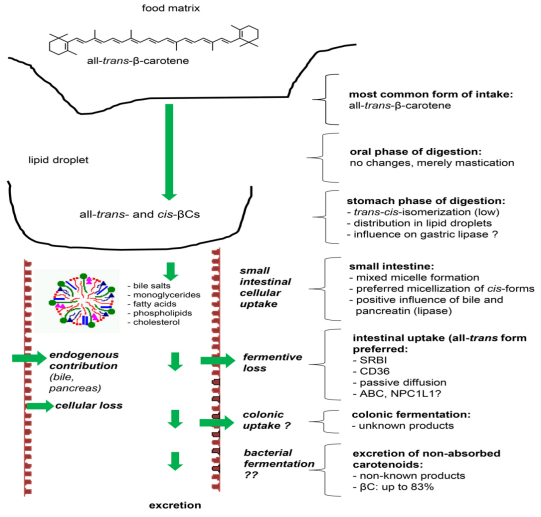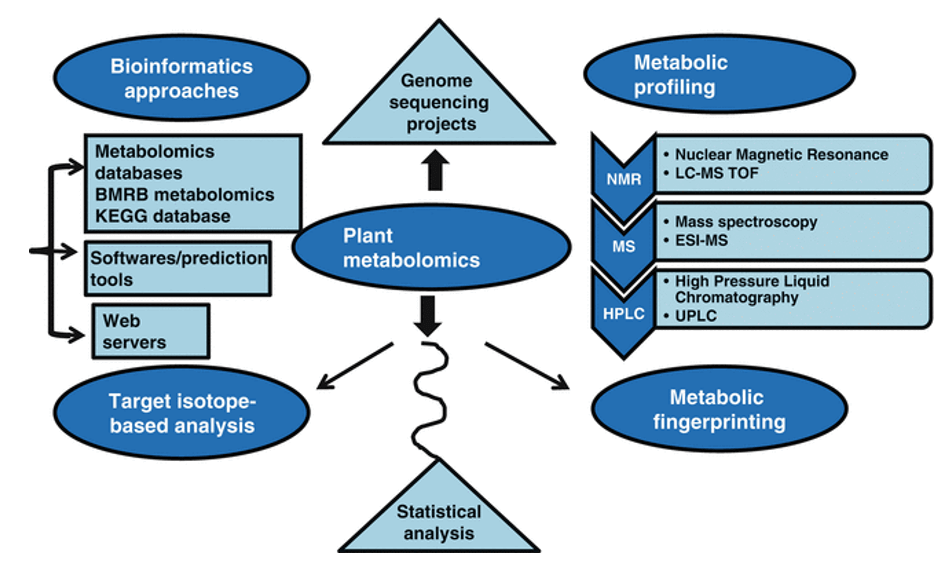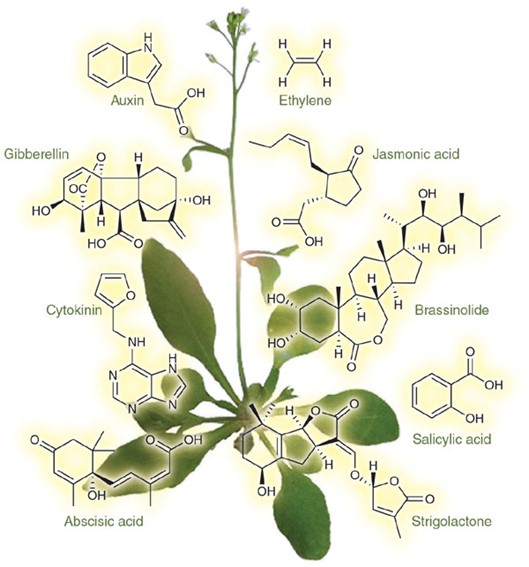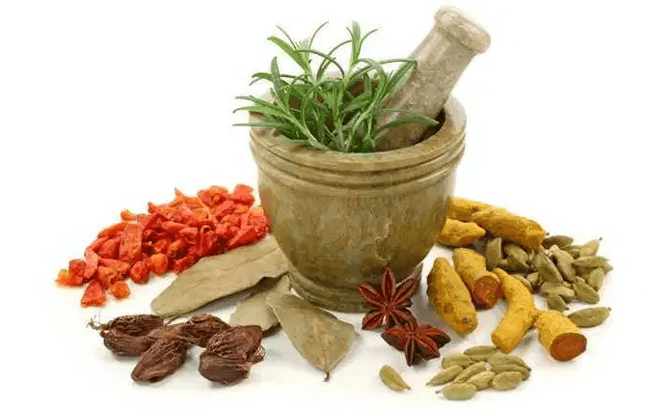Beta-Carotene Analysis Service
Submit Your InquiryWhat is Beta-Carotene (β-Carotene)?
β-carotene is the most abundant carotenoid in mammalian body tissues, an important precursor of vitamin A, and the most ubiquitous and stable natural pigment in nature. β-carotene and its metabolites are key regulatory signal factors in tissue metabolism. Beta-carotene is a good food additive and nutritional supplement. It has a strong ability to capture free radicals and has anti-cancer and anti-aging effects. Under certain conditions, β-carotene can improve the body's cellular immunity, humoral immunity and non-specific immune response, enhance resistance to certain diseases, and improve health. It has been widely used in various fields such as medicine and food. By adding different levels of β-carotene to the diet, the production performance and the survival rate of offspring can be improved.
HPLC is a separation technique that separates compounds based on their chemical properties, such as polarity, size, and charge. Mass spectrometry is a technique that measures the mass-to-charge ratio of ions in a sample. by combining these two techniques, Creative Proteomics HPLC-MS can separate and detect individual molecules in complex mixtures, while measuring the concentration of β-carotene in the sample and identifying any impurities or degradation products.
β-carotene is susceptible to degradation, leading to difficult and inaccurate detection problems. When we used HPLC-MS to determine β-carotene content, we used it as a liquid phase control after UV calibration, which solved the problem of easy degradation of standards. In addition, it can reduce the assay cost, shorten the assay time and solve the problem of nudity in the solution.
 Figure 1. Processing of β-carotene during digestion. (Bohn 2019).
Figure 1. Processing of β-carotene during digestion. (Bohn 2019).
Applications of β-Carotene Analysis
- Reveal the mechanism of β-carotene to improve animal reproductive performance
- Improve understanding of immune system regulation
- Ensure the quality and safety of food additives and nutritional supplements
- Speed up research and application in the fields of medicine and healthcare
- Development of biochemical research
Advantages of Our β-Carotene Analysis Service
Service Workflow
Our operating technical process can effectively solve the difficulty of detection caused by the degradation of β-carotene, and can also eliminate the interference of other pigments, and can quickly and accurately determine the content of β-carotene in complex components. At the same time. β-carotene samples can be quickly separated and detected with good peak shape and resolution.
 Figure 2. β-Carotene analysis service workflow.
Figure 2. β-Carotene analysis service workflow.
Detection method: HPLC-MS
Mobile phase: n-hexane: methanol (40:60, V:V) as the mobile phase for elution
Elution mode: gradient elution
Injection volume: 20 ul
Detection wavelength: 450nm
Flow rate: 0.8 ml/min
Detection limit: 0.5 ug/100 g
Standard recovery rate: 92.4%-98.2%
Analysis content:
- Standard straight line drawing
- Screening of HPLC-MS conditions
- Optimization of chromatographic elution conditions
- Precision, accuracy and stability test
- Detection limit analysis
- Chromatogram raw image and data collection
- Quantitative analysis of β-carotene and its metabolites
Sample Preparation
- Animal and clinical tissue samples: 50mg/sample
- Blood samples (serum, plasma and whole blood): 50ul/sample
- Urine sample: 50ul/sample
- Stool and intestinal contents: 25mg/sample
- Body fluid samples (cerebrospinal fluid, saliva, etc.): 25mg/sample
- Plant tissue samples (roots, stems, leaves, fruits, etc.): 50mg/sample
- Cells and microbial cells: 1x106/sample
- Medium and fermentation broth: 50ul/sample
- Sample storage and transportation: Store in liquid nitrogen or -80°C, and transport on dry ice.
Clinical samples, no less than 30 duplicates in a single group; animal samples, no less than 9 duplicates in a single group; cell and microbial samples, no less than 5 duplicates in a single group; other such as plant samples, no less than 7 duplicates in a single group repeat.
The samples include multiple sample types such as animals, plants and microorganisms, please contact us for details.
Delivery
- Complete experimental protocol
- Sample pretreatment and purification analysis
- HPLC-MS optimal parameter setting
- Chromatogram raw image and data analysis report
- Quantitative analysis of β-carotene and its metabolites
- Customized analysis report
We use HPLC-MS to detect the content of β-carotene, which can achieve high-throughput and accurate detection requirements, and provide a basis for understanding the mechanism of β-carotene and its metabolites. Creative Proteomics has wealth of biochemical analysis experience and good reputation in the industry, which can meet your needs for customized services.
References
- Bohn T, Desmarchelier C, El SN, et al. β-Carotene in the human body: metabolic bioactivation pathways - from digestion to tissue distribution and excretion. The Proceedings of the Nutrition Society. 2019;78(1):68-87.
- Chen D, Wu M, Xie S, et al. Determination of Tartrazine, Lutein, Capsanthin, Canthaxanthin and β-Carotene in Animal-Derived Foods and Feeds by HPLC Method. Journal of Chromatographic Science. 2019;57(5):462-468.








